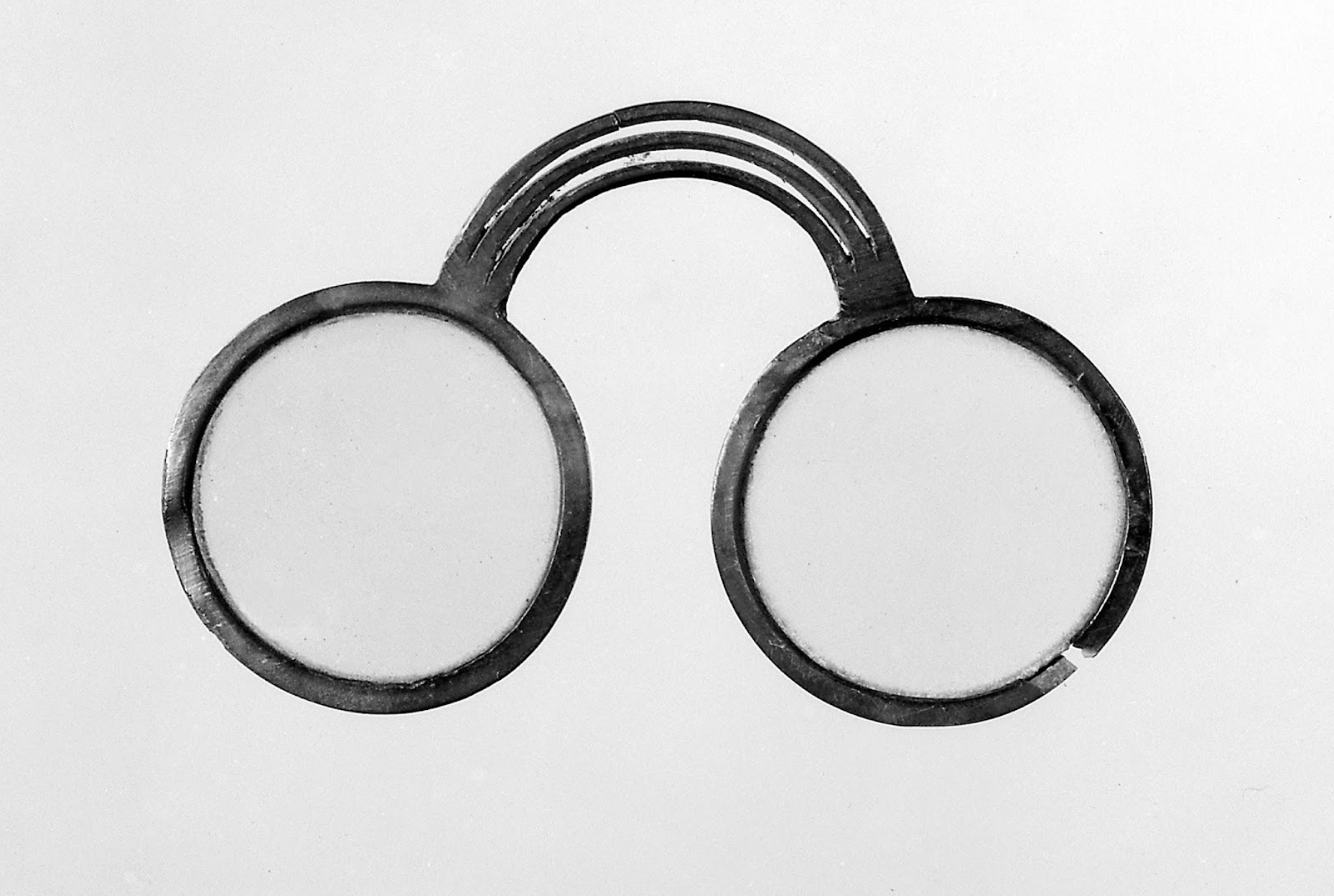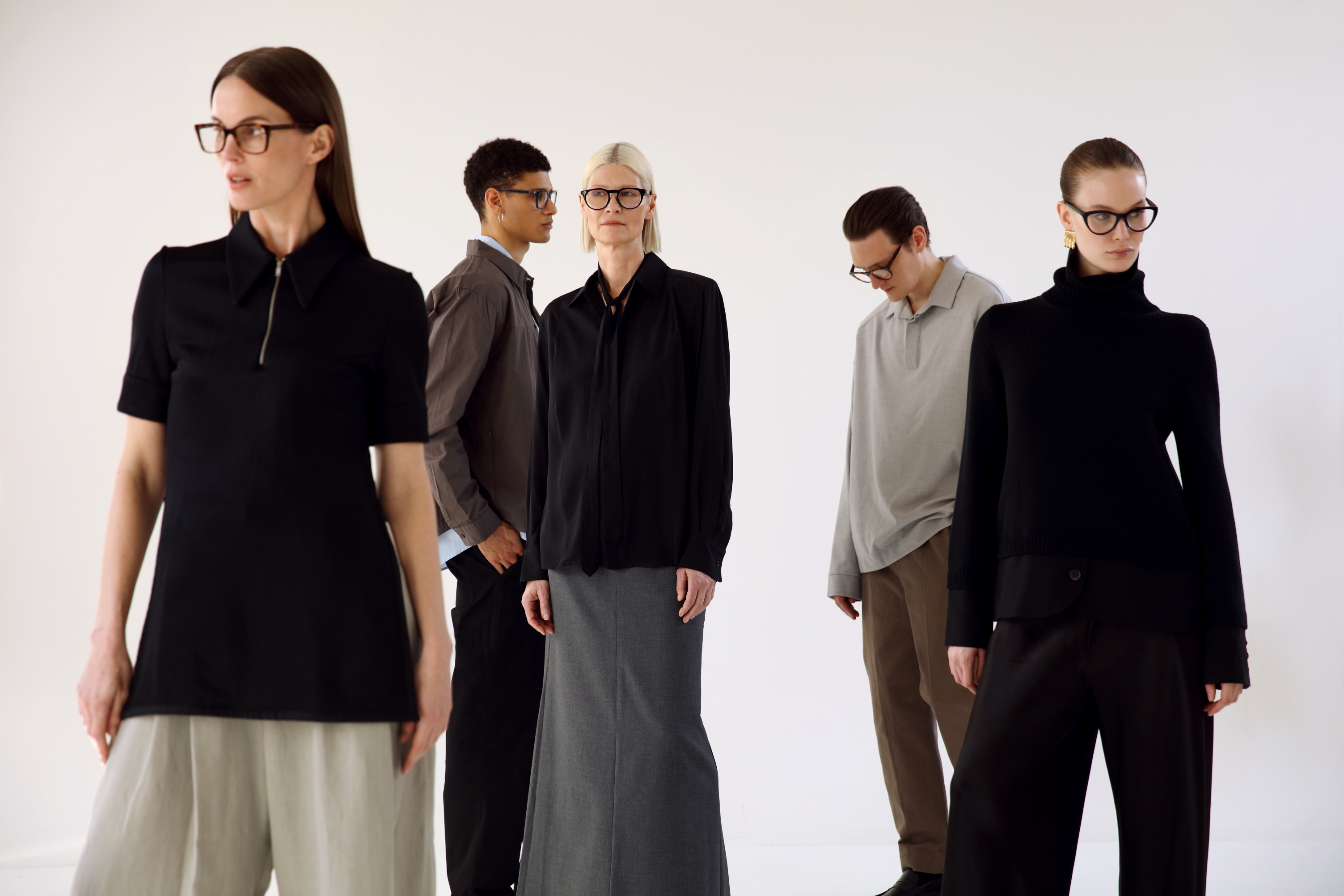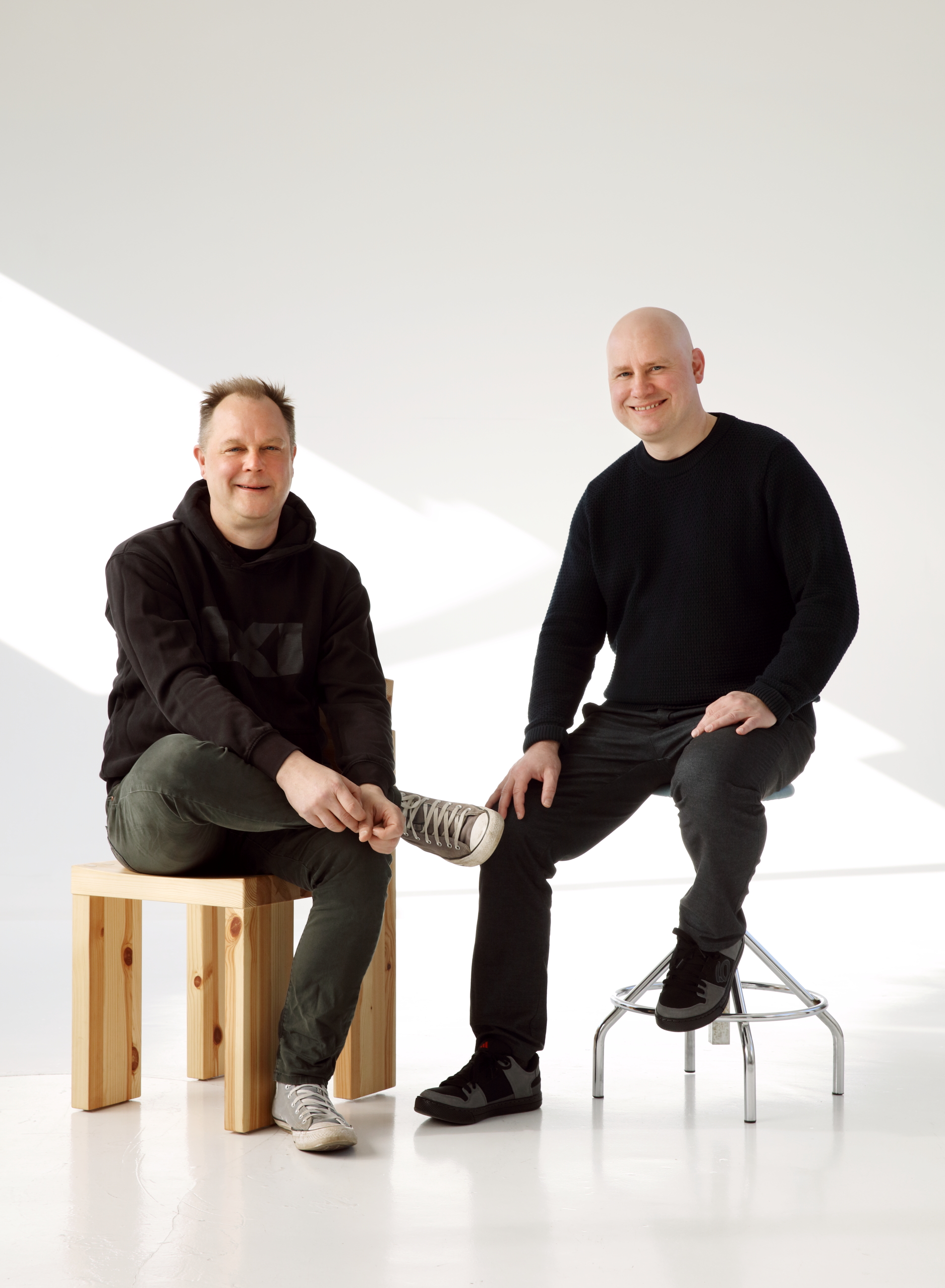It hasn’t happened often that Plural backs a direct-to-consumer startup. Building new consumer products from scratch is super hard. But when you meet founders that have already built one of the best-selling mobile phones in history and have hardcore engineering experience at one of the world’s most valuable tech companies – and THEY present such a plan to disrupt a traditional industry that serves billions of people worldwide, you listen.
2.2bn people in the world suffer from some kind of vision impairment, but the core product to help these people has barely changed for 750 years: a pair of glass lenses in frames.

Fast forward to today. Enter IXI. This Finnish startup has developed frontier technology for the glacially slow-moving market: a pair of glasses with eye-tracking and autofocusing lenses, that fits inside normal-sized frames.

This is truly invisible tech, and will allow people who need optical correction for different distances to wear a single pair of glasses that magically adjust to how near or far they need to see. The previous “solution” to this before IXI have been bifocal lenses which were invented in the 1800s.
IXI has solved a problem here that no one has been able to before, for a $200bn industry that is crying out for real innovation.
Hardcore engineering
Getting a regular-sized pair of glasses to tell how far away a wearer is looking, so that lenses that can adapt their focal length accordingly, in real time, has required multiple major feats of engineering. IXI’s 50-strong team has come up with more than 150 inventions and patents to date.
To make the first part of that equation — the eye tracking tech — fit inside regular glasses, IXI has had to use smaller sensors than the kinds of cameras you find in headsets like the Apple VisionPro.
These smaller sensors deliver less signal complexity than a camera, but IXI makes up for the simpler hardware with extremely clever software and algorithms that can tell how far away the wearer is looking, based on less input data.
This information is then sent to the part of the glasses that controls the lenses, which are made with a special type of glass that can adapt its shape to autofocus based on the user’s gaze.
A mass market product in optics
These breakthroughs come from a team with world-leading experience in optical technology — with cofounder and CEO Niko Eiden having previously led the team at Nokia that developed the AR headset that would go on to become the Microsoft Hololens. Niko and IXI co-founder and Chief Algorithm Officer Ville “Wili” Miettinen then went on to launch Varjo, which produces one of the most advanced VR headsets on the market, mostly used for military and industrial applications.

They have seen firsthand how VR — which is still yet to live up to mass market dreams — has ended up being adopted in highly-specialised and high-end use cases. Now they are taking what they’ve learnt and are applying it to a huge market and a real problem that’s experienced by billions of people around the world.
A lot can go wrong with shipping a mass-market product, whether it’s supply chains, the design and engineering, or the battery life. But Niko has been here before, having worked on the Nokia 3310/3315 — a phone that sold nearly 150m units — and knows what it takes to develop, manufacture and sell a product that huge numbers of people will want to buy.
Team of hackers
Getting to this point has also required serious resourcefulness, not least to be able to squeeze the maximum out of technology that has to fit in the small casing for glasses frames.
The work on the algorithms that makes this possible is led by Wili — a legend of the Finnish hacker community who came up through “demoscene” events in the early 90s, where coders would meet and compete to show off their programming skills with basic PCs. I still remember legendary Assembly demo competitions, and in 1996, the year I got out of high school, Wili wrote most of the code for the demo that stretched early PC hardware and MS-DOS capabilities to winning The Gathering competition in Norway:
All this fun led Wili to cofound his own computer graphics company Hybrid Graphics, which he sold to NVIDIA in 2006, where he became one of the tech giant’s Principal Engineers.
IXI has also shown it can be scrappy and adapt to challenges as they’ve built the highly specialised facilities required to develop its lenses, which involves precision laser technology and a total rethink of the production process.
When they ordered a cleanroom door from China and it didn’t work, they figured out how to re-wire it themselves. When they realised that the software calibration was impacted by frames deforming due to thermal expansion, they built a model human head which they could pour hot water into, to test how the tech works at different temperatures.
European sleeping giant
IXI’s cofounders have that rare mix of big industry experience and scrappy founder mentality, and know they have an opportunity to innovate in an industry that is ripe for disruption.
The eyewear market is unusual in its structure, with one player dominating the space in Franco-Italian EssilorLuxxotica, which owns huge brands like RayBan and Oakley. With a market cap of €100bn, it would be considered one of Europe’s largest tech companies, if there was much modern technology involved. Curiously enough for an eyewear leader, their digital efforts are furthest developed for your hearing, not fixing eyesight!
Really, the biggest innovations to hit the market have been gimmicks like glasses with a pair of headphones, or pretty cool early AI experiments built into them. With its breakthrough autofocus technology, IXI has solved a genuine problem and built a product that people actually need from their glasses.
Eyewear is also a surprisingly European industry. With other big players like Carl Zeiss and Fielmann located in Germany, the best in the world in the optics business are based on our continent, giving the startup a unique experience pool to draw from as it scales.
Focusing on impact
While IXI isn’t building for the AR/VR industry at the moment, what they’ve developed will be useful for the future of both technologies. IXI’s compact eye tracking system can lay the ground for less bulky AR glasses, while its autofocus lenses could be used to develop VR headsets where people don’t need to wear their spectacles underneath them.
There are potential medical use cases too, and the startup is already exploring how the eye tracking technology can be used to help treat children with myopia, by helping healthcare providers monitor whether patients are following their treatment plans.
With its core product alone, IXI has the potential to take a sizable chunk of a massive market, while improving the quality of life of millions of people who suffer with bad eyesight.
When you consider this Nordic startup’s potential impact on the well-being of people around the world, it’s exactly the kind of mission we like to back at Plural.
And of course, since hitting my mid forties, I’m now proudly in the target audience as well…
